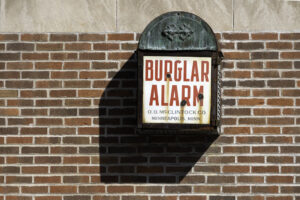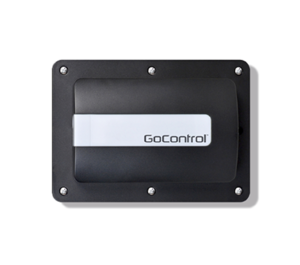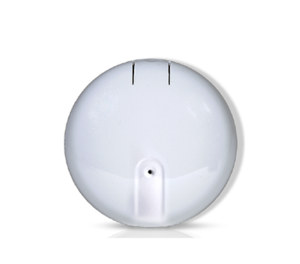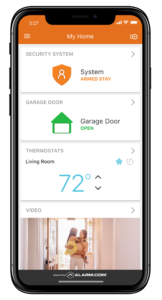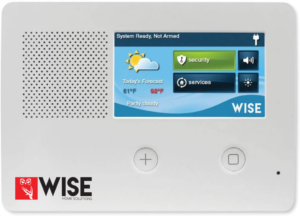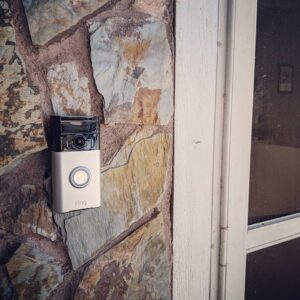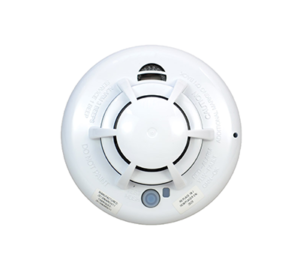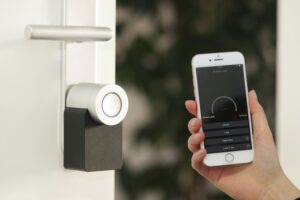Home Security Myths: DEBUNKED
In the world of home security, myths and misconceptions are always surfacing, often leading homeowners to make decisions based on false assumptions rather than facts. During this I’ll debunk some common myths surrounding home security, providing evidence-based insights to help readers make informed decisions about protecting their homes.
Myth 1: Burglaries Only Happen at Night
One of the most pervasive myths about burglaries is the belief that they only occur under the cover of night. While it’s true that some burglaries happen at night, many actually occur during the day when homes are more likely to be unoccupied. According to the FBI’s Uniform Crime Reporting (UCR) Program, nearly 65% of residential burglaries take place between 6 a.m. and 6 p.m. This dispels the notion that burglars exclusively operate under the cover of night.
Keep in mind: Burglars are opportunistic and will strike when they believe homes are empty, regardless of the time of day. Therefore, it’s essential for homeowners to implement security measures that protect their property around the clock, including during daylight hours.
Myth 2: Small Towns Are Immune to Crime
Another prevalent myth is the misconception that small towns are immune to crime, including burglaries. While it’s true that crime rates may be lower in rural areas compared to urban centers, small towns are by no means exempt from criminal activity. In fact, some studies suggest that rural areas may face unique challenges when it comes to crime prevention, such as limited law enforcement resources and longer response times.
Keep in mind: Crime can occur anywhere, regardless of the size or location of a community. Homeowners in small towns should not underestimate the importance of implementing effective security measures to protect their homes and property.

Myth 3: Having a Dog Is Sufficient Protection
Many people believe that having a dog is a foolproof deterrent against burglaries and intruders. While it’s true that dogs can serve as excellent watchdogs and may deter some would-be intruders, relying solely on a pet for home security is a risky proposition. Not all dogs are suited for protection purposes, and even those that are may not be able to prevent determined burglars from entering a home.
Keep in mind: While dogs can enhance home security and provide companionship, they should not be relied upon as the sole means of protection. Implementing additional security measures, such as installing alarms, security cameras, and sturdy locks, is crucial for comprehensive home security.
Myth 4: Security Cameras Are Only for Wealthy Homeowners
There’s a common misconception that security cameras are prohibitively expensive and only accessible to affluent homeowners. However, advancements in technology have made security cameras more affordable and accessible than ever before. There are now a variety of budget-friendly options available on the market, including wireless cameras that can be easily installed by homeowners themselves. Additionally, many security camera systems offer features such as motion detection, night vision, and remote access via smartphone apps, providing homeowners with peace of mind without breaking the bank.
Keep in mind: Security cameras are an invaluable tool for deterring burglars and providing evidence in the event of a break-in. Regardless of budget constraints, homeowners can find a security camera system that meets their needs and enhances their home security.
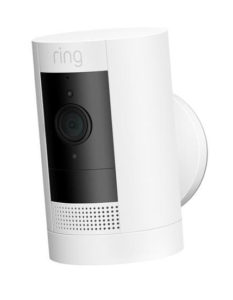
Myth 5: Alarm Systems Are Prone to False Alarms
Some homeowners are hesitant to invest in alarm systems due to concerns about false alarms. While false alarms can occur, modern alarm systems are equipped with advanced technology to minimize these occurrences. Features such as customizable sensitivity settings, pet-friendly motion sensors, and verification processes (such as video verification) help reduce the likelihood of false alarms. Additionally, many alarm monitoring companies offer professional monitoring services, ensuring that authorities are only dispatched in response to genuine threats.
Keep in mind: Alarm systems are a highly effective deterrent against burglaries and provide homeowners with added peace of mind. By selecting a reputable alarm system provider and understanding how to properly maintain and operate their system, homeowners can minimize the risk of false alarms while maximizing the security of their homes.
These common myths about home security need to be dispelled to empower homeowners to make informed decisions about protecting their homes and loved ones. By understanding the realities of burglary trends, crime rates in different communities, and the limitations of certain security measures, individuals can take proactive steps to enhance the safety and security of their homes. Investing in effective security solutions such as security cameras and alarm systems, alongside adopting a proactive mindset, are key to deterring intruders and safeguarding against potential threats, regardless of the time of day or the size of the community.

